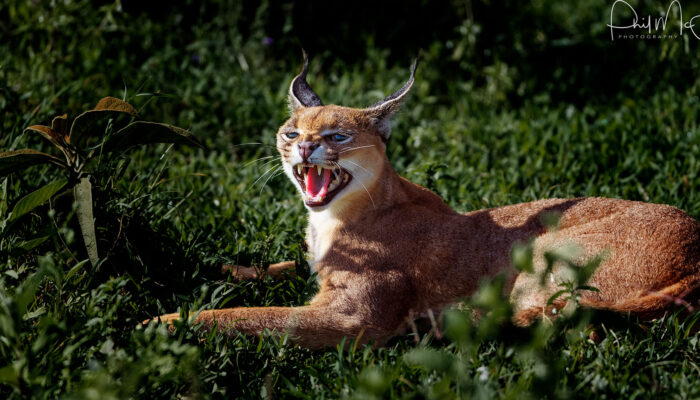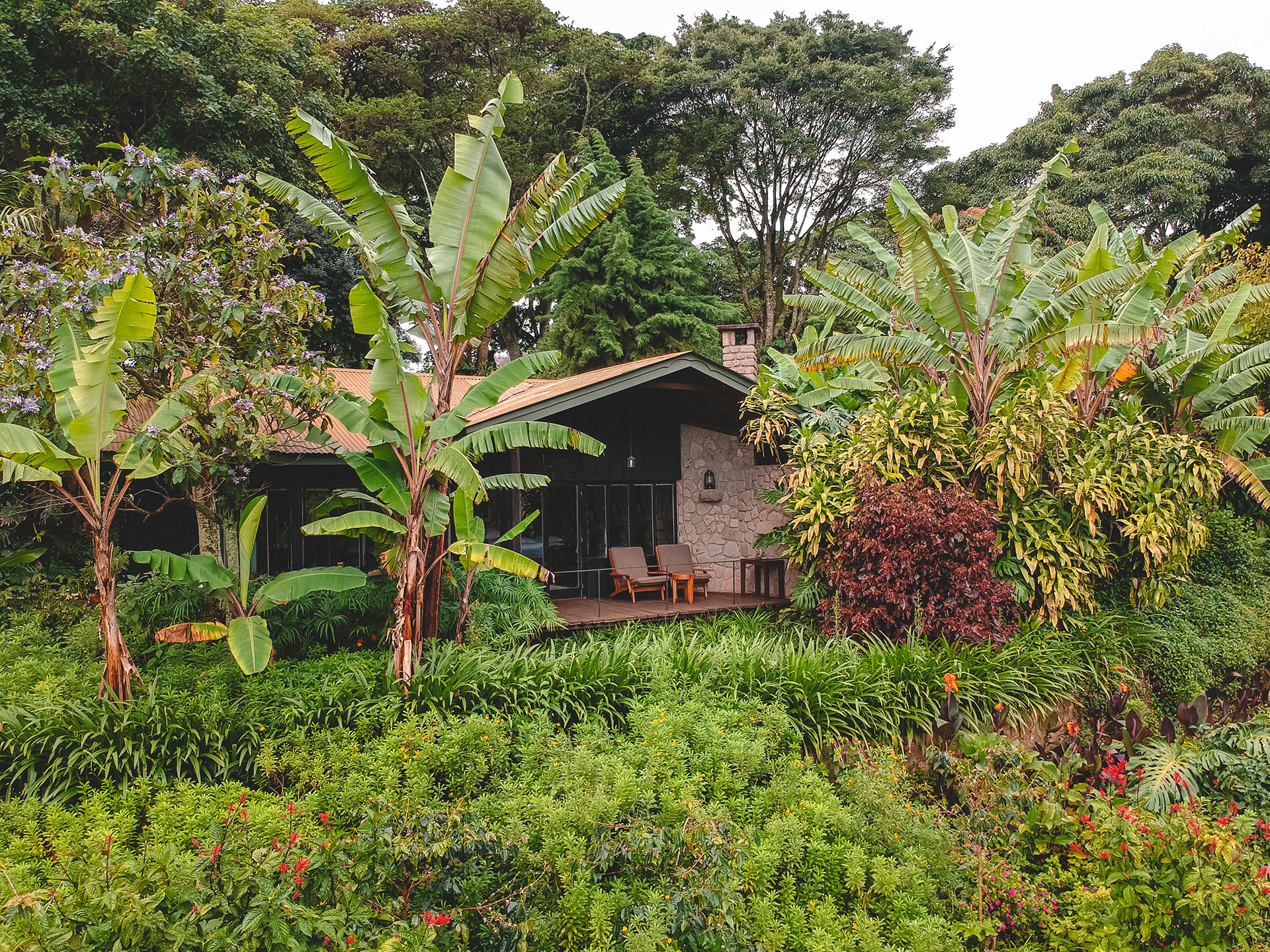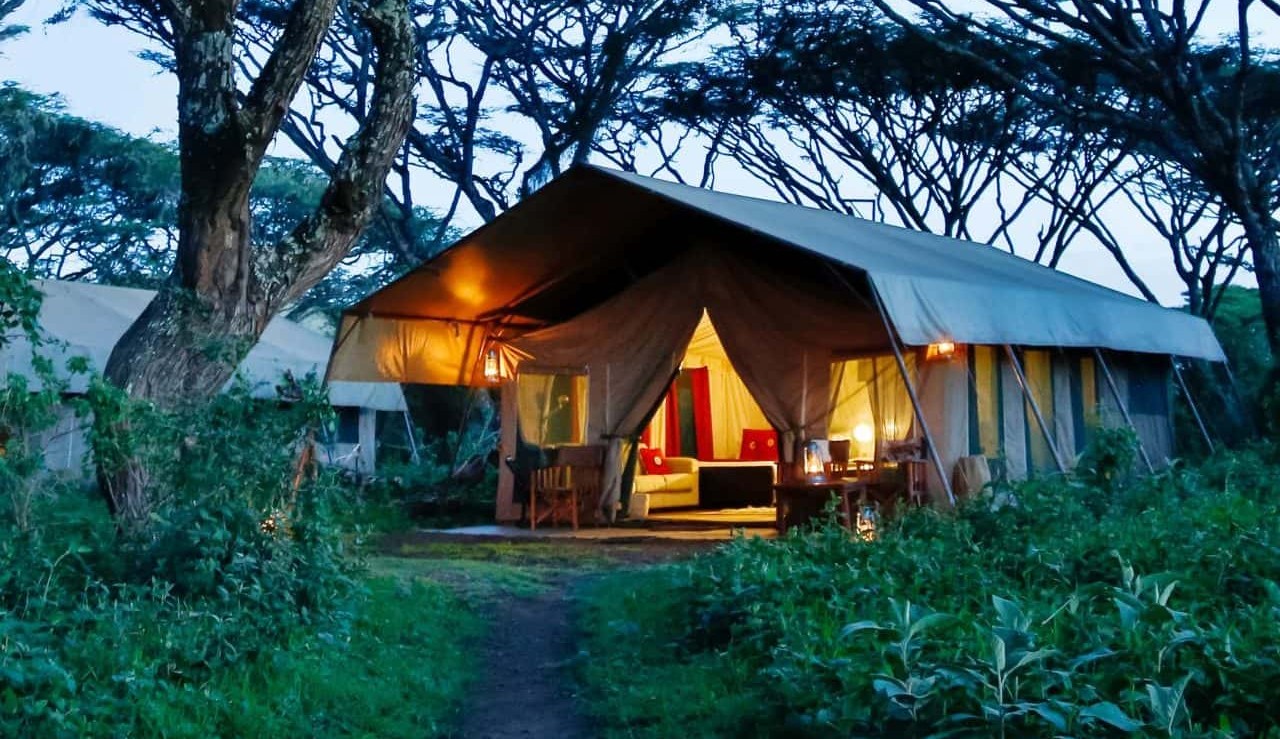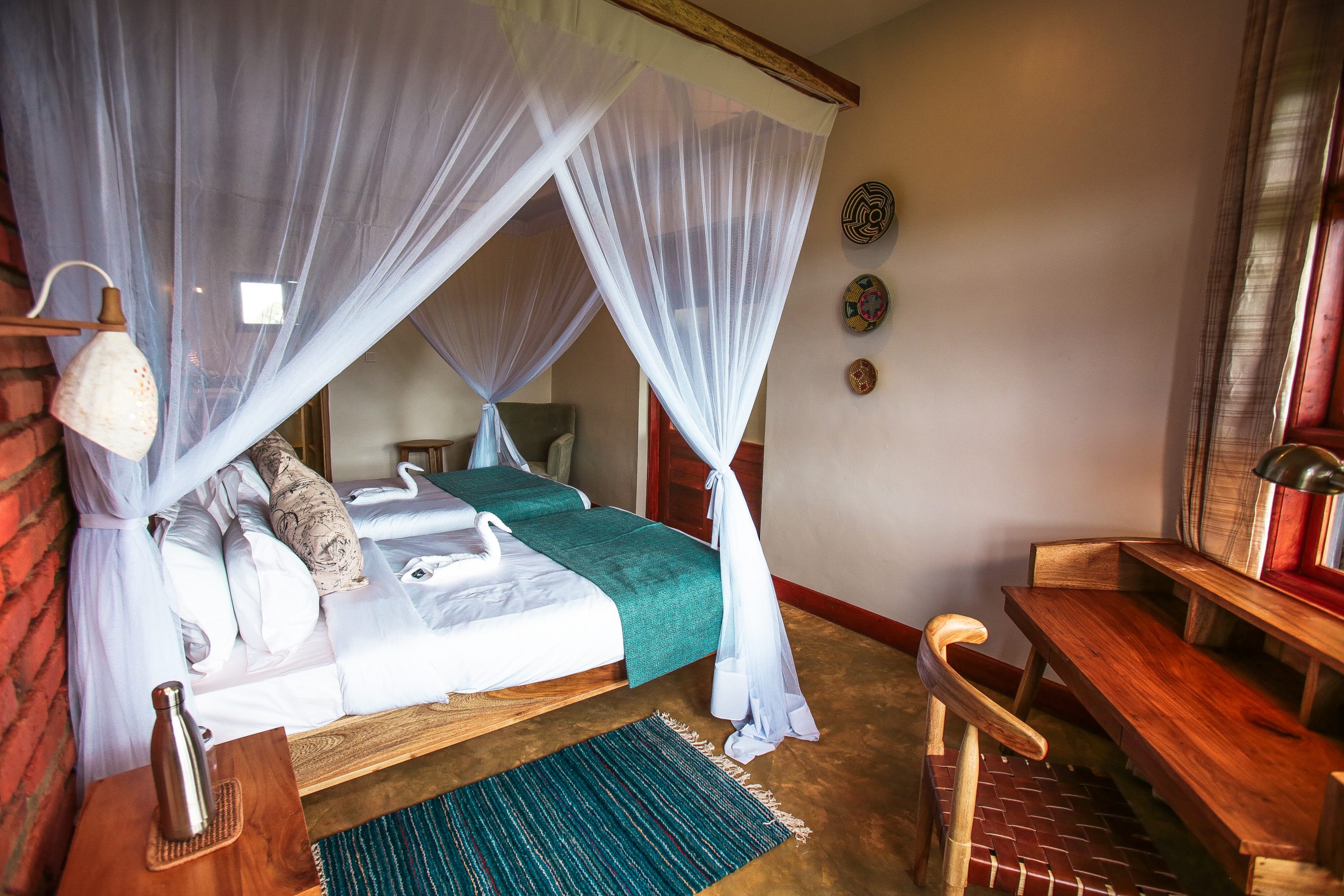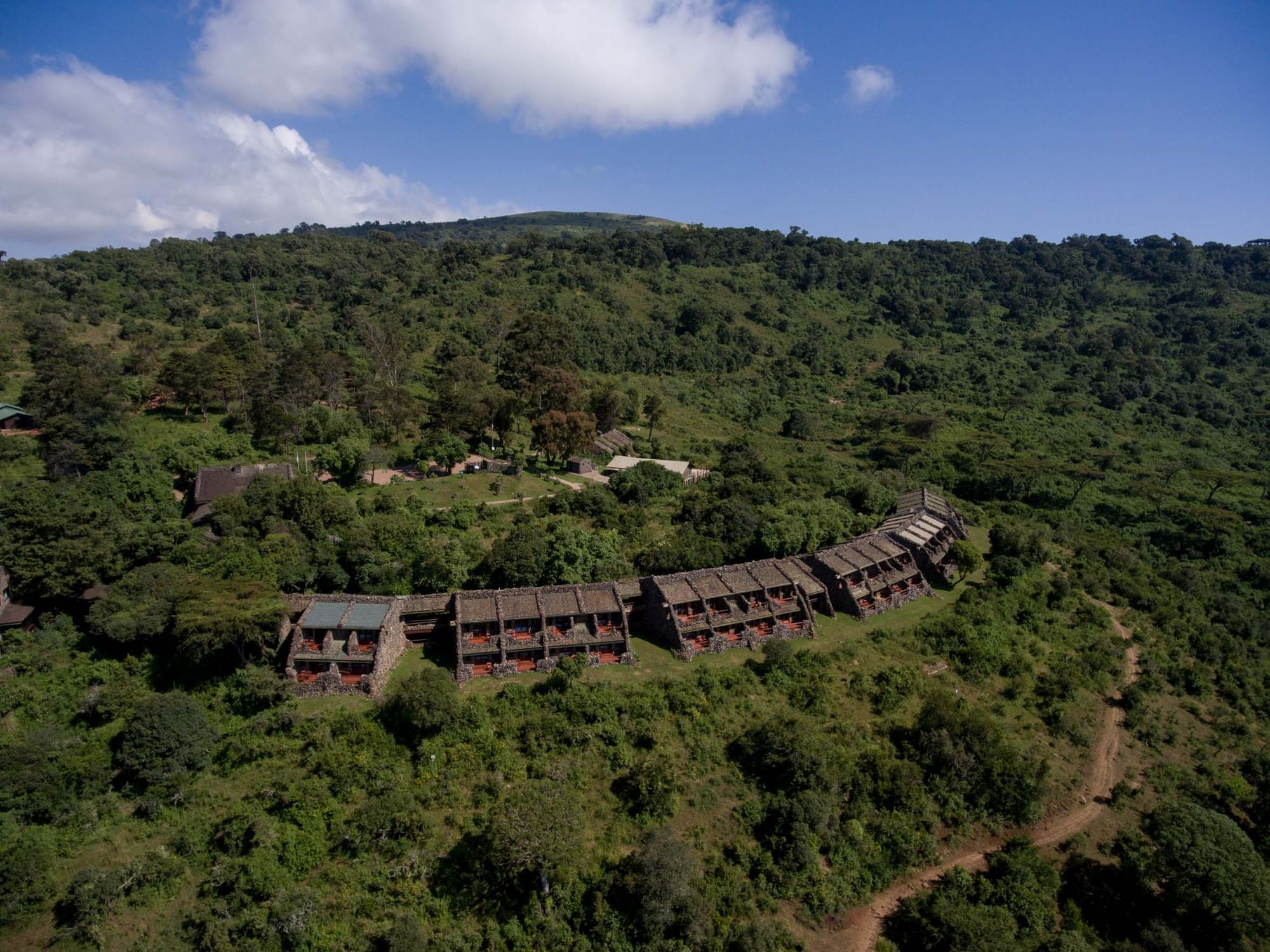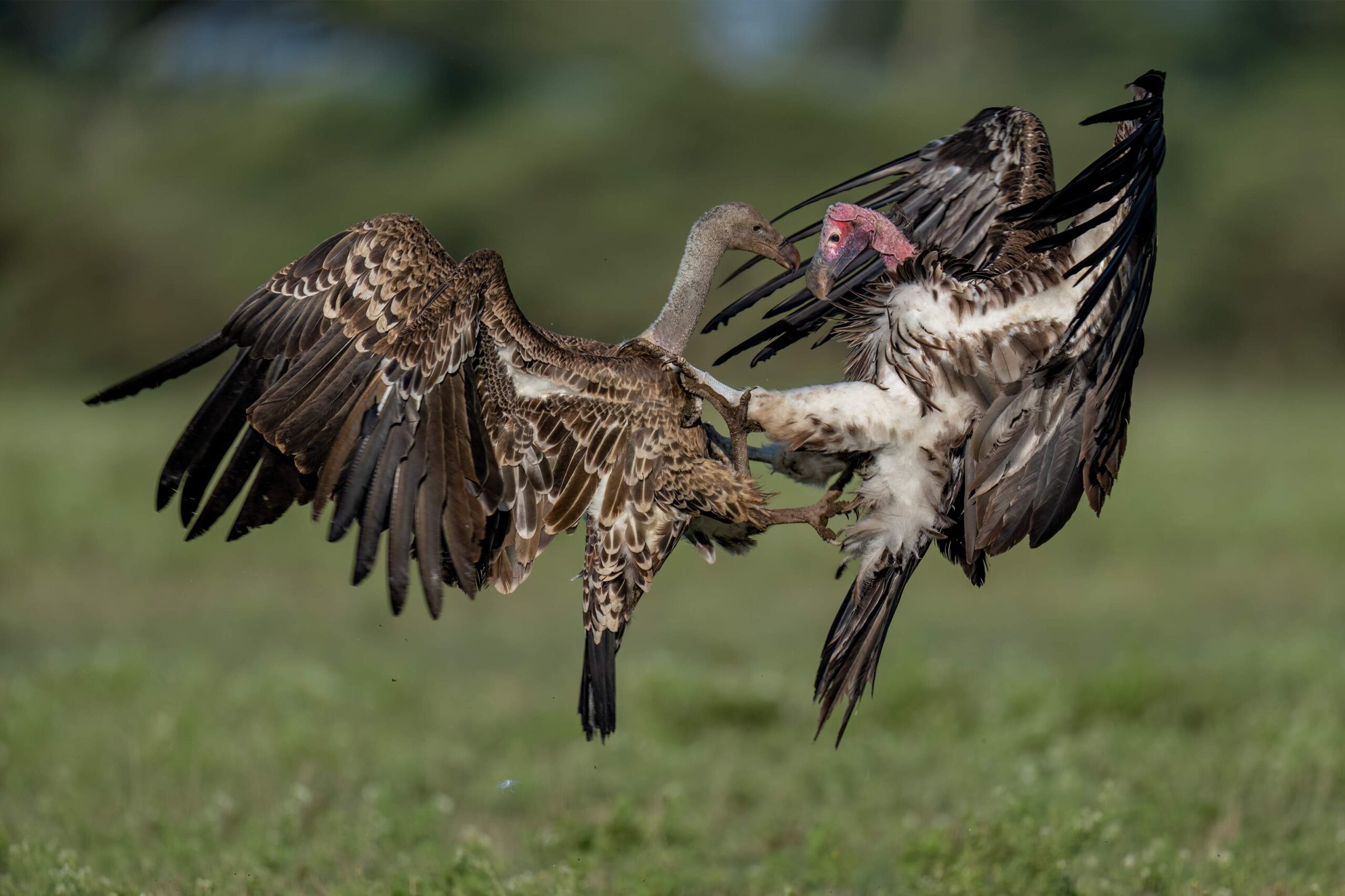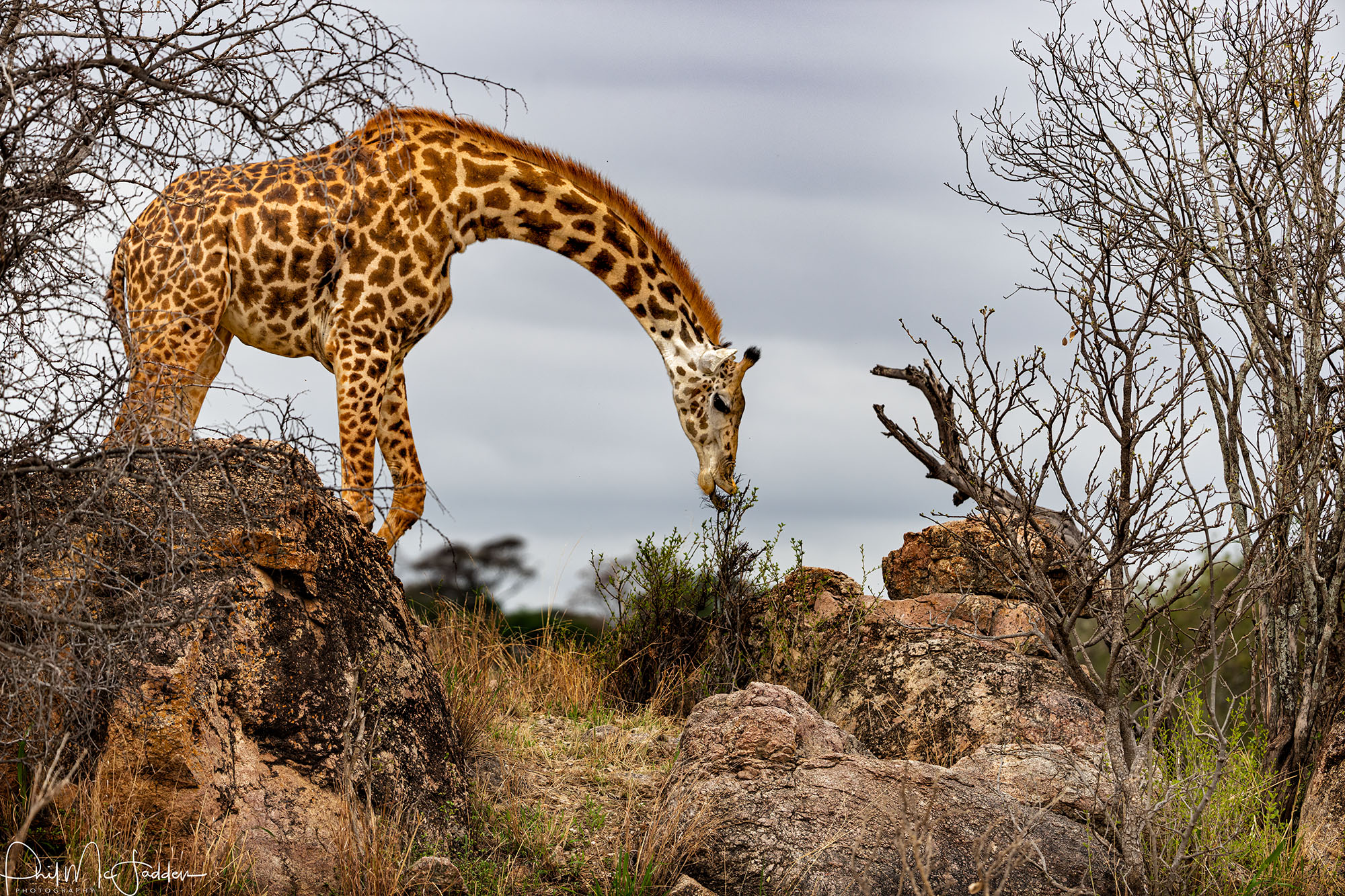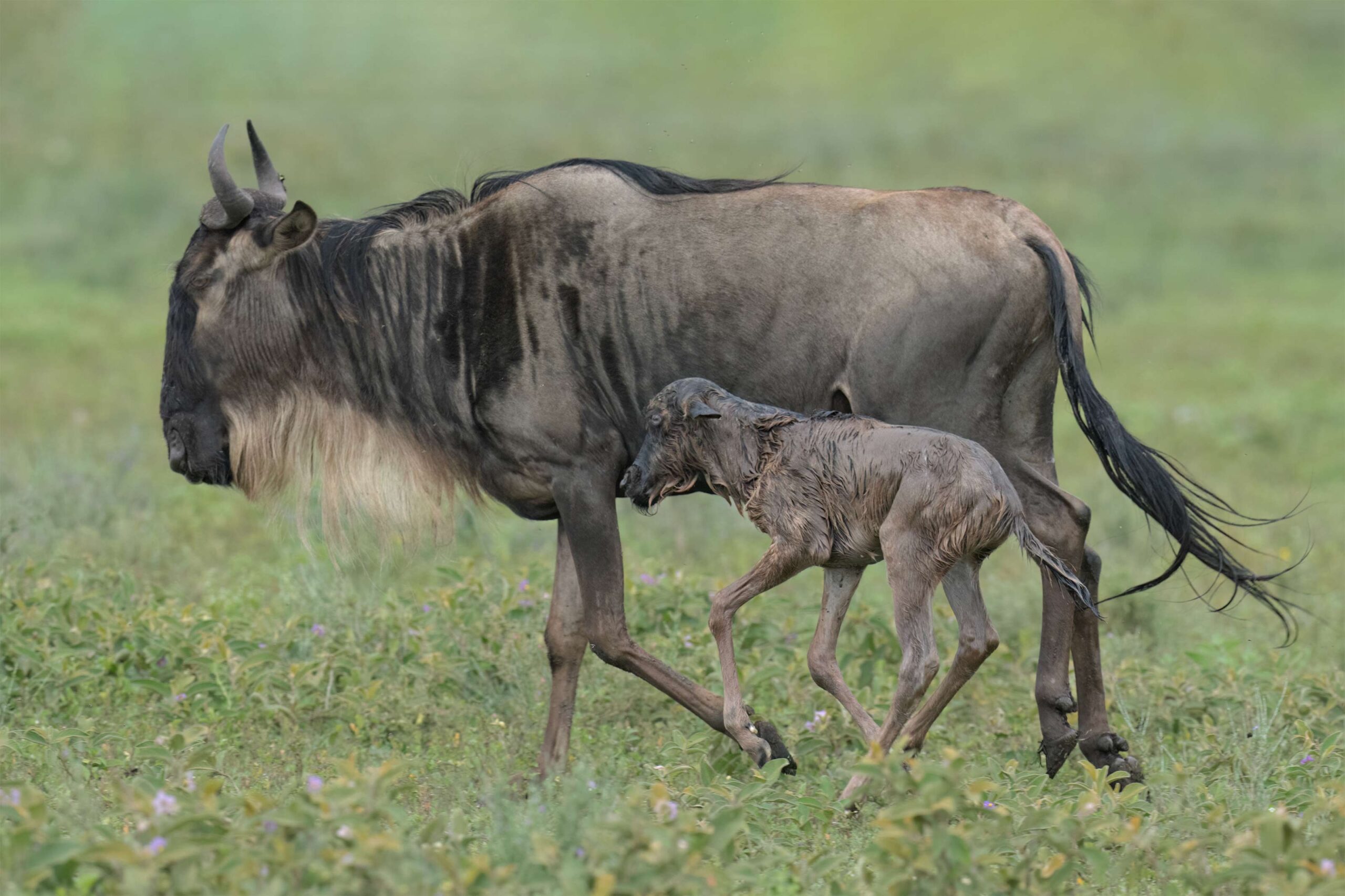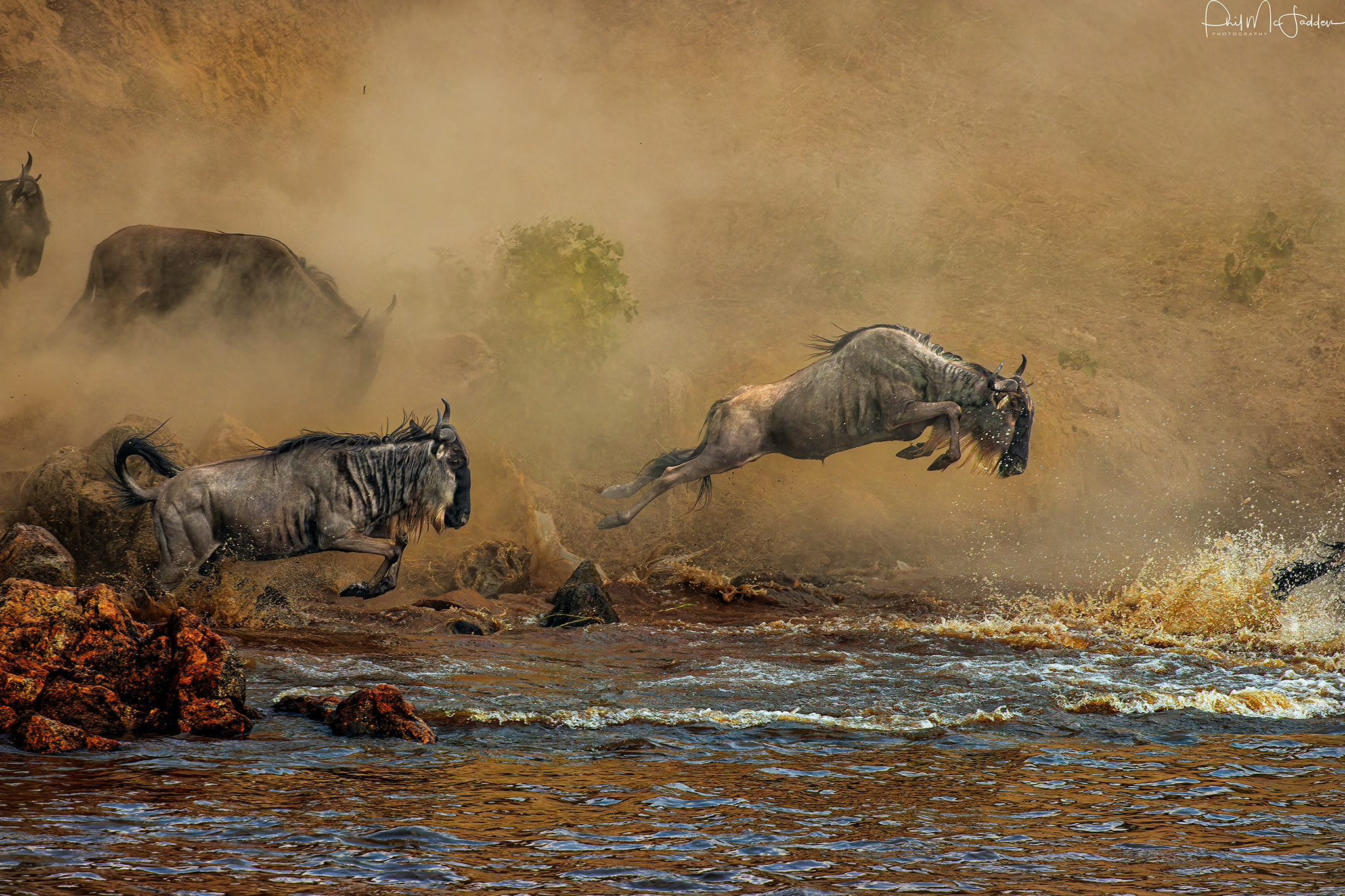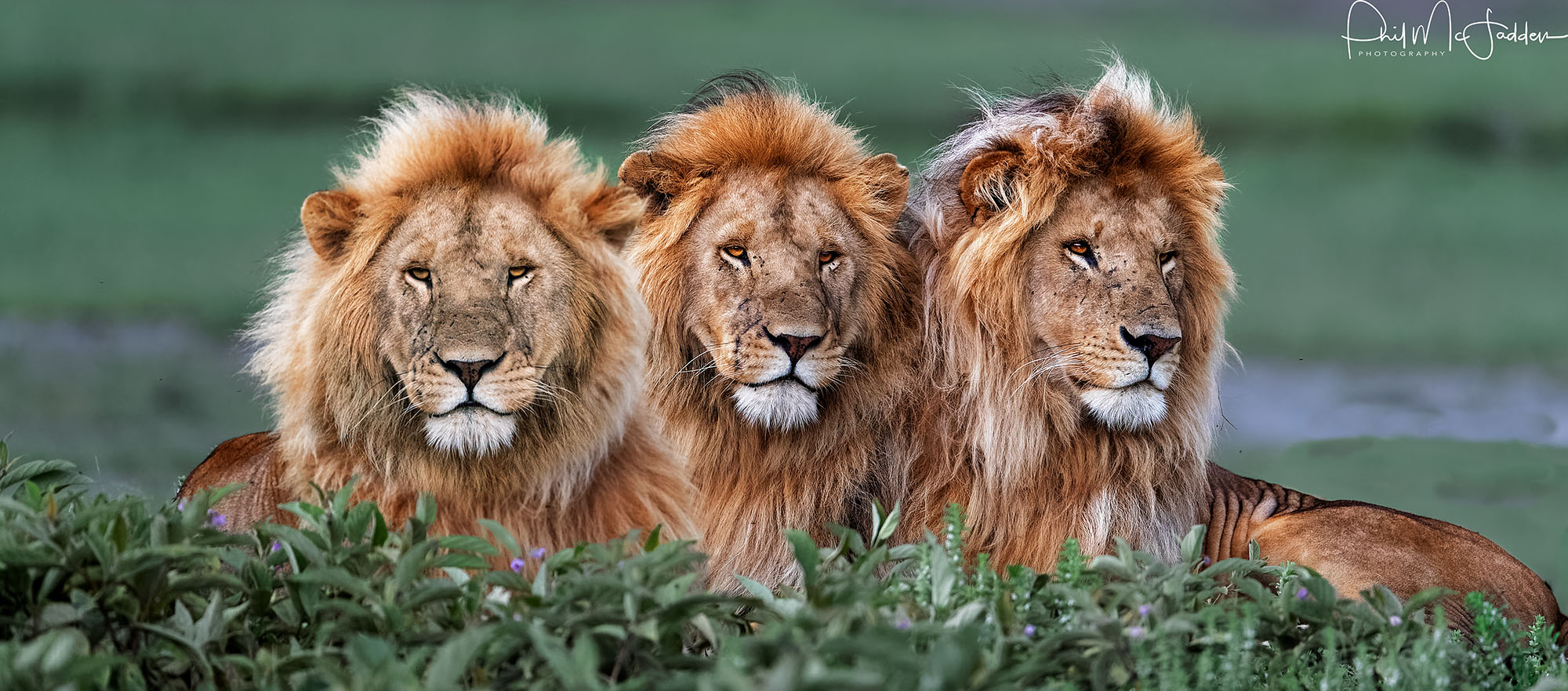Ngorongoro Conservation Area.
One of Africa’s Seven Natural Wonders
Ngorongoro Conservation Area
The Ngorongoro Conservation Area Authority (NCAA) is a well-established wildlife management entity under the Tanzanian government, dedicated to managing the Ngorongoro Conservation Area (also known as NCA) and conserving its stately-natural splendor while striving to make it the world’s top tourism destination – Your best option for a future holiday is the Ngorongoro Conservation Area.
Ngorongoro Conservation Area is in northern Tanzania. It’s home to the vast, volcanic Ngorongoro Crater and “big 5” game (elephant, lion, leopard, buffalo, rhino).
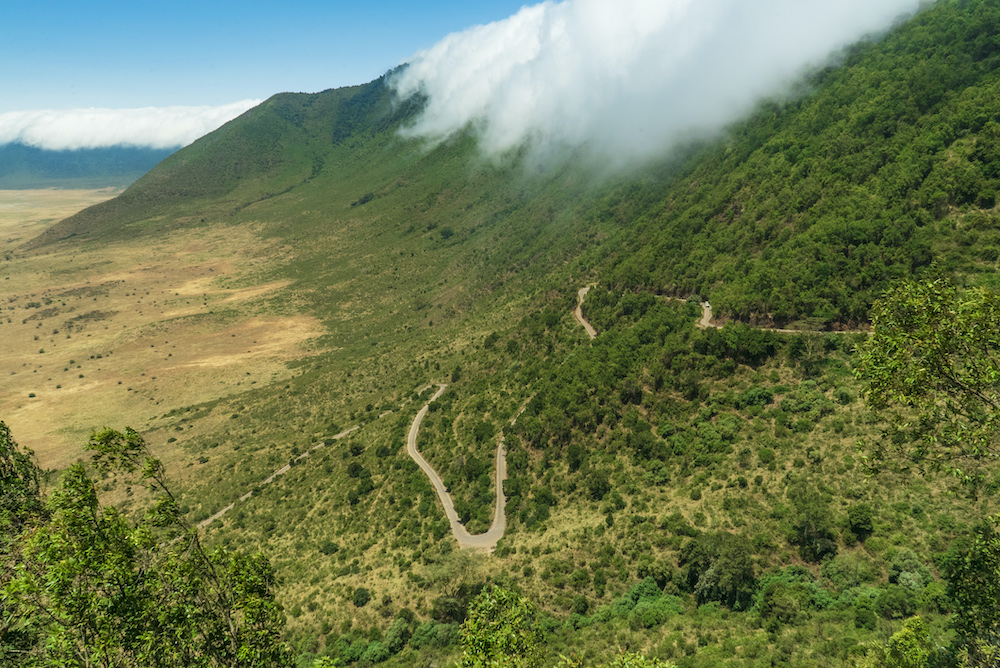
The Maasai
Aside from wildlife viewing, things to do in the Ngorongoro Conservation Area include interactions with local Maasai tribes people, farm tours in Karatu and even volcano climbs. Visitors can also tour archaeological sites where early hominid fossils have been found such as Olduvai Gorge
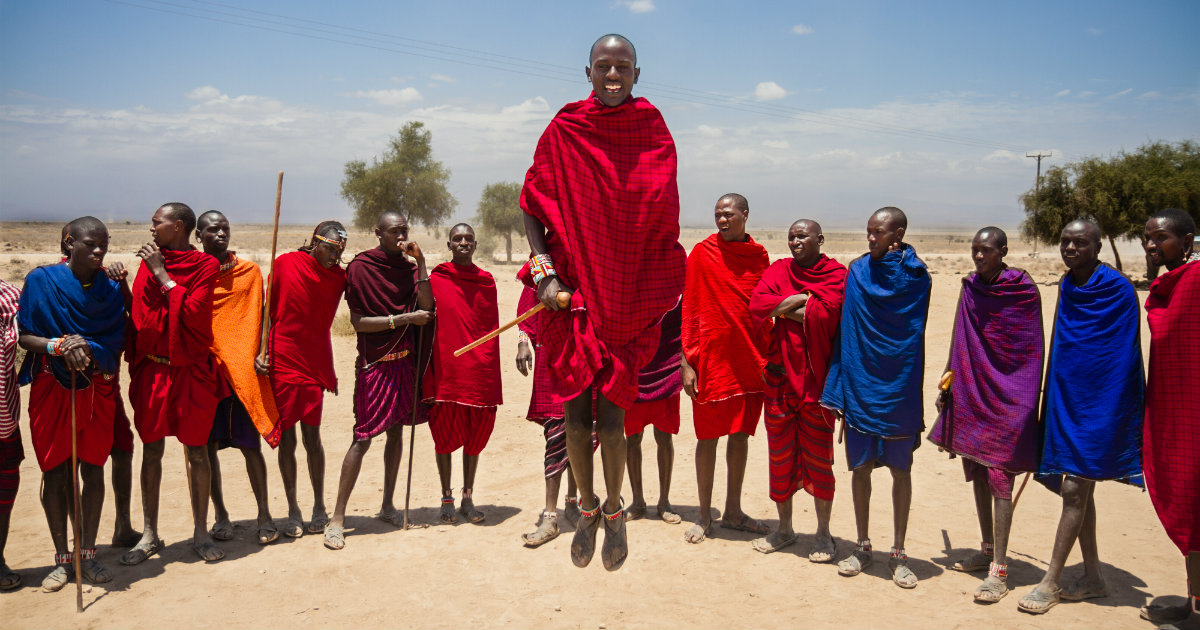
Attraction
The Ngorongoro Crater, the largest un- flooded volcanic caldera, lies on the Serengeti border. Inside, diverse habitats support 25,000 large animals, including all the “Big 5,” and vibrant birdlife. The crater walls rise up to 400 meters, with the rim at 7,500 feet, covered in ancient lichen-draped forests.
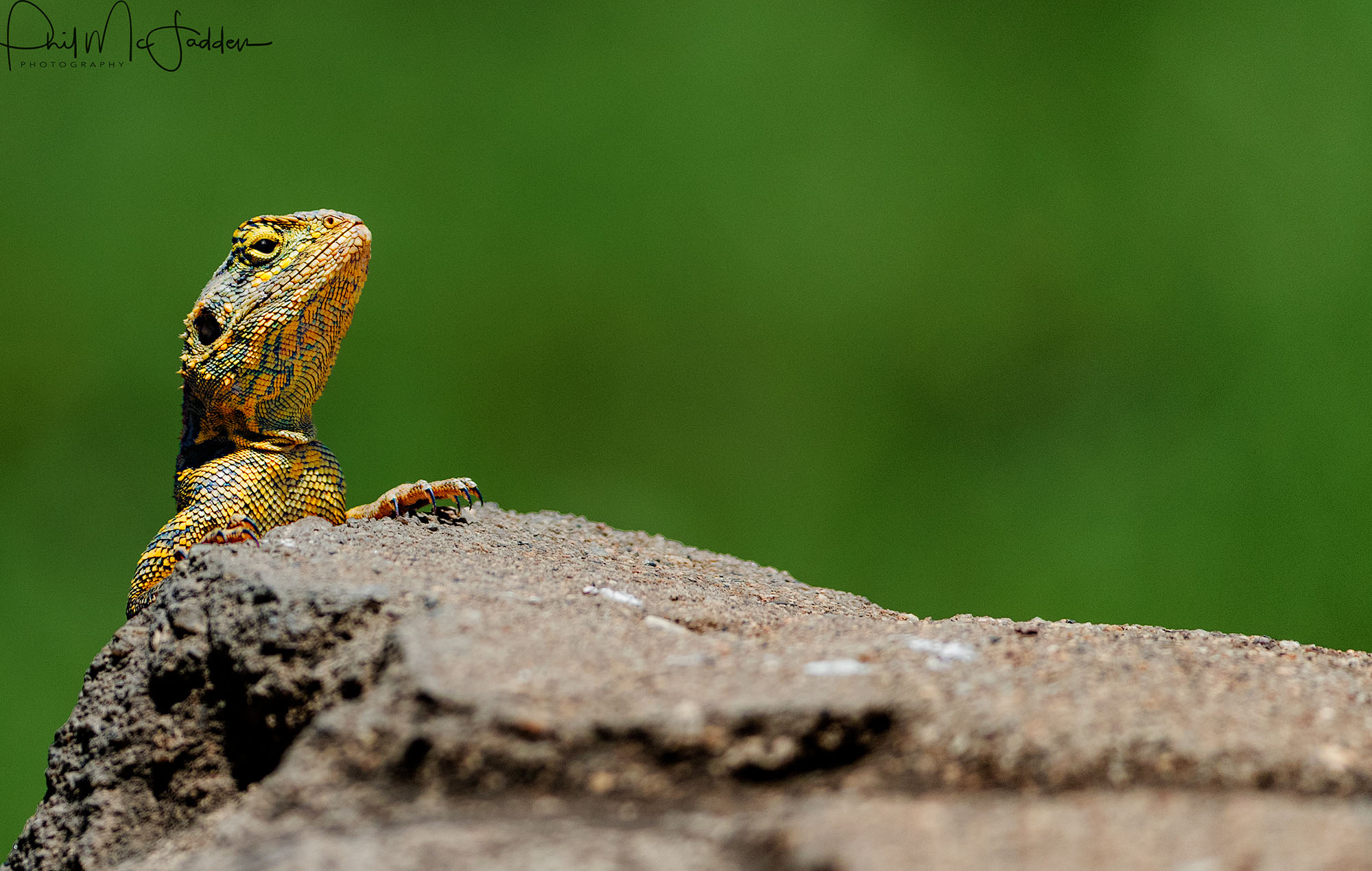
Ngorongoro Crater
The Ngorongoro Crater, the world’s largest intact volcanic caldera, is the main attraction of the Ngorongoro Conservation Area. Home to over 25,000 animals, including the Big Five, it offers unparalleled wildlife viewing. With breathtaking scenery and diverse species, it’s one of Africa’s Seven Natural Wonders and a top safari destination in Tanzania
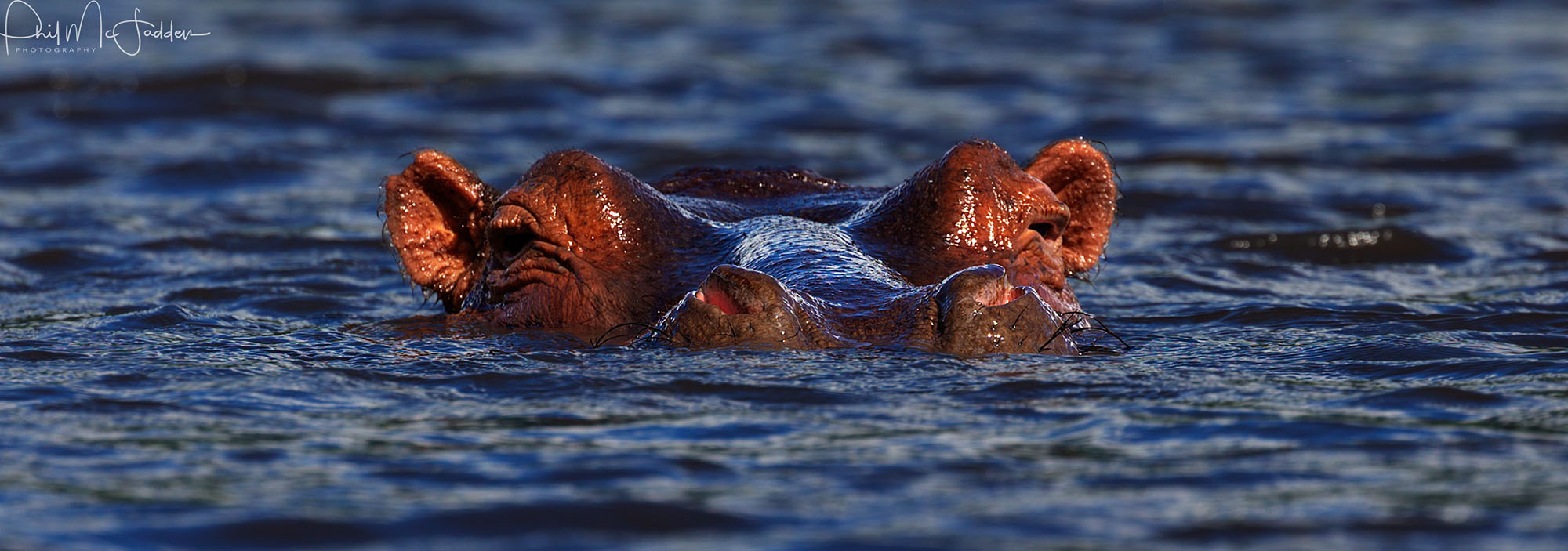
Shifting Sand
The Shifting Sands in eastern Serengeti near Olduvai Gorge are migrating volcanic dunes. Moving 15–29 meters yearly, these crescent-shaped black dunes, formed from Oldoinyo Lengai’s ash, reach 5 meters high and 100 meters long, creating a unique natural spectacle.
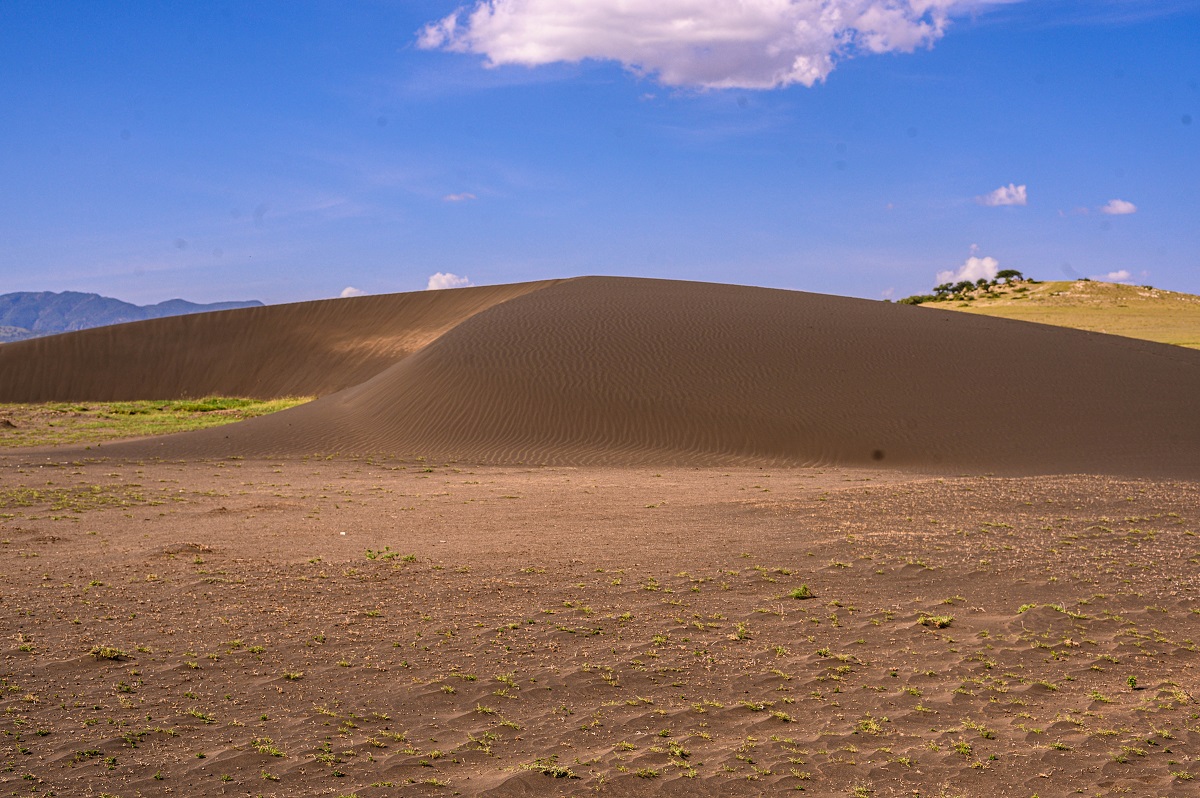
Embakai Crater
Empakaai Crater in the Ngorongoro Conservation Area features steep 300m cliffs and a stunning lake covering 75% of its floor. Home to flamingos and diverse wildlife, it offers breathtaking scenery, lush vegetation, and rich birdlife.
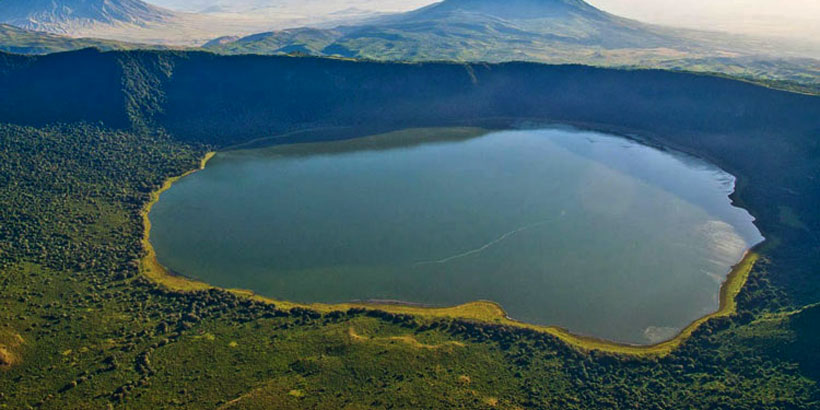
Laetoli Footprints
Laetoli, in the Ngorongoro Conservation Area, is a key palaeontological site. Famous for 3.6-million-year-old bipedal hominid footprints preserved in volcanic ash, it provides crucial evidence of early human ancestors. The site also contains rich archaeological and palaeontological deposits.
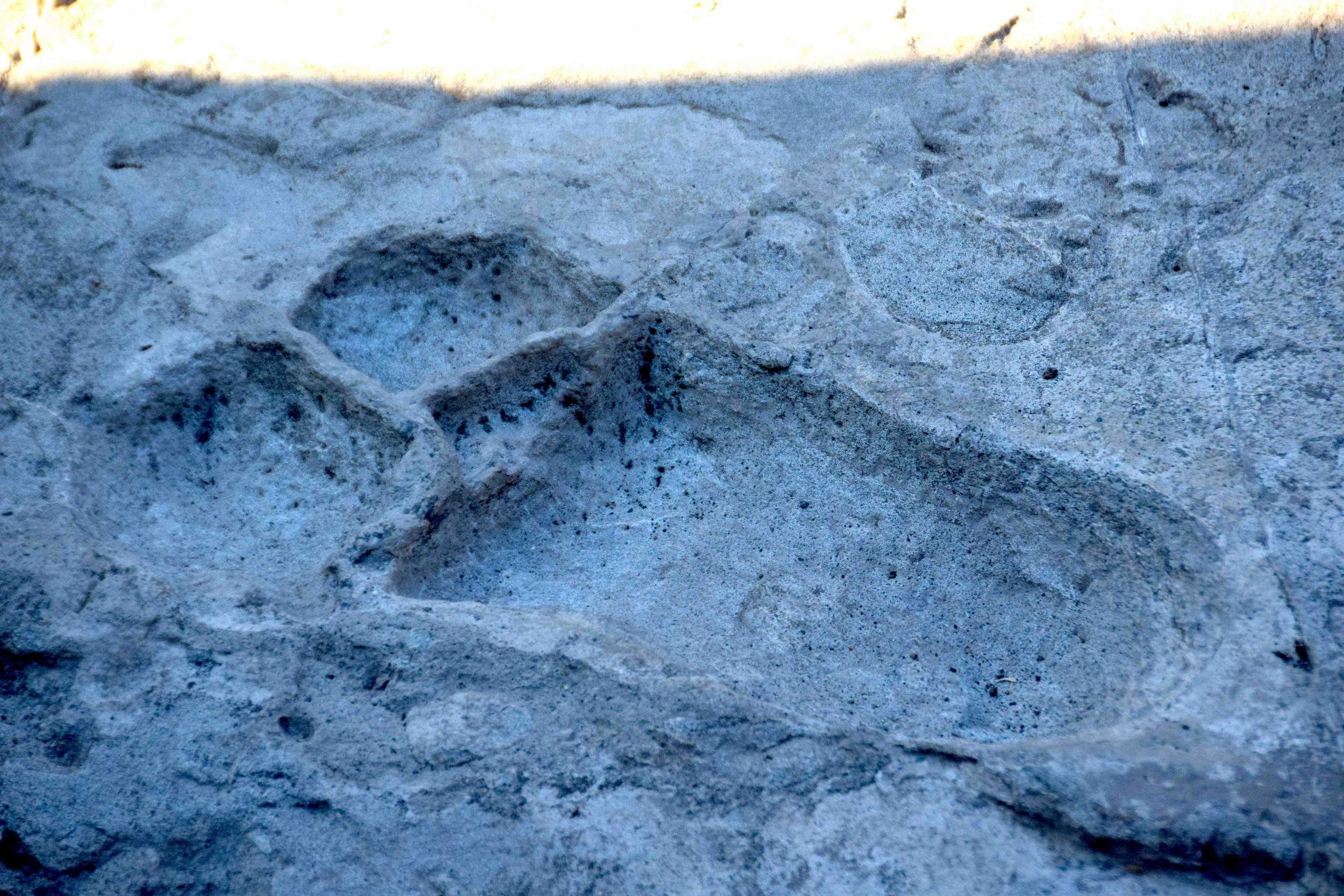
Where You’ll Stay
The following are some of the lodges and tented camps that we recommend in the Ngorongoro Highlands. For information on additional accommodation not featured, please contact us.
The Best Time To Visit
Game viewing in Ngorongoro Crater is fantastic year-round, with the best visibility during the dry months (June to September). The wettest months, March and April, bring rain but also fewer tourists, offering a quieter, more peaceful experience. Despite the rain, wildlife can still be observed, making it a great time to visit.
